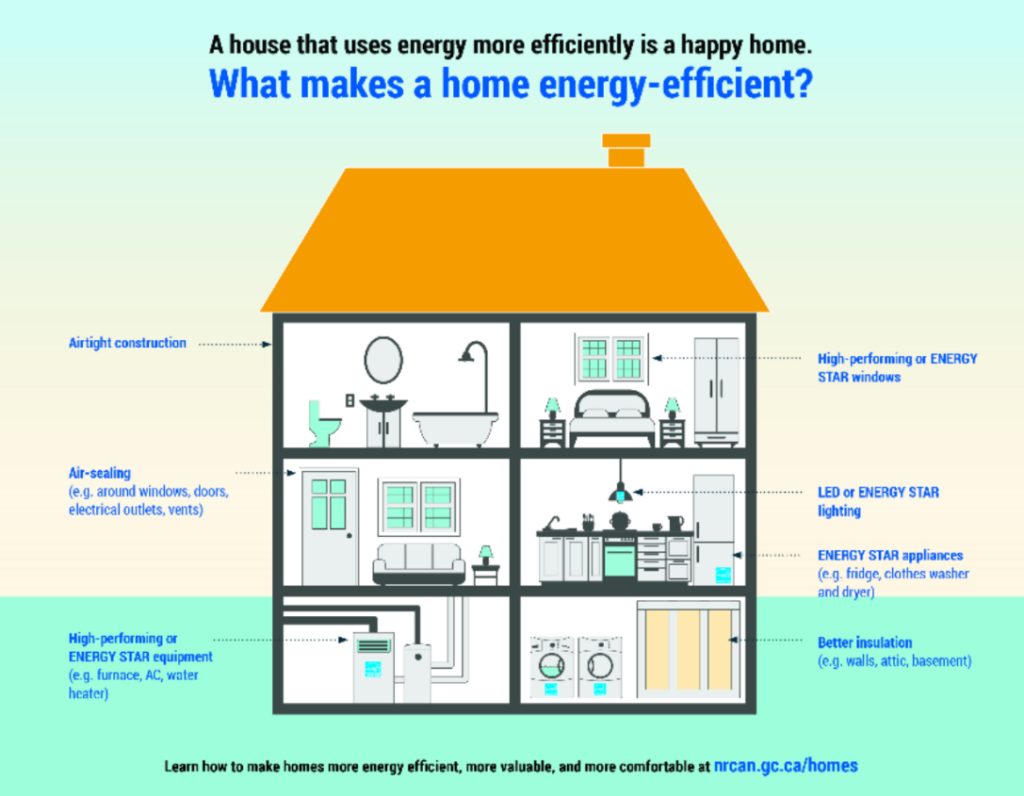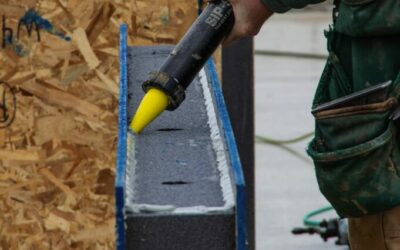Impact of Eco-Conscious Living Series: Energy Efficiency
Written by: Nicole Miller
There are many ways to achieve energy efficiency in a home, from using energy efficient products like Energy Star appliances or energy efficient windows, to designing your home with passive heating and cooling in mind.
While energy efficiency can mean lower utility bills, the results also have a great impact on the environment. Unless you are using solely renewable energy to run your house, the energy you use will be produced mostly from coal and natural gas in the majority of the USA.
In Washington state, while energy is mainly generated from hydro-electric, ~15% is still produced using fossil fuels.3 Energy derived from these fossil fuels produce greenhouse gases as well other pollutants such as nitrogen oxides, sulfur dioxide, and particulate matter.2 According to the EPA, 31% of the total CO2 emitted by the USA in 2019 came from fossil fuel combustion for energy production and accounted for 24% of the total greenhouse gas emission in the USA.1
Greenhouse gases are the main contributor to climate change, as they trap heat in our atmosphere and raise global temperatures. Climate change is not to be disregarded as it is already having major implications across the globe and will continue to have even more extreme impacts to come if we don’t stop it. If you want to learn more about climate change and its effects, visit https://www.un.org/en/climatechange/science/key-findings#physical-science.
While we know that fossil fuel use is an obvious bad choice, Hydroelectric, while considered a renewable and generally “eco-friendly” energy option, is not as environmentally friendly as we like to think as well.
While there are plenty of debates within the environmental community on what the “best” renewable energy production method is, the facts are that none of them are perfect and all of them produce some kind of pollution or harmful effects. Looking at hydroelectric as an example, the renewable energy requires a massive amount of concrete to make the dams, while concrete is known to be a huge greenhouse gas emitter. Dams also have disastrous effects on the health of the rivers and the surrounding ecosystem, including our salmon populations which are a keystone species. Not to mention the people that get displaced due to the reservoir that’s created. Then when a dam breaks, it causes even more damage downstream as it tears apart the ecosystem and towns that has grown in the absence of the natural river.
All of this is to say, that in order to lessen our impacts on the environment, we have to lessen our energy consumption and choose which energy source we use wisely. In the instance of TC Legend Home’s net zero homes that utilize solar energy, with less overall energy usage, less solar panels will be needed on your array, saving precious materials needed to produce the panels themselves.
This will lessen your house’s overall energy carbon footprint. On the other hand, if you are producing more energy than your house consumes, then the excess electricity produced will transfer onto the grid for others to use, thereby reducing the amount of fossil fuels used by someone else. Of course, the local energy company may also reimburse you for this addition as well.
At TC Legend Homes, in order to build highly energy efficient homes, we take a few different approaches.
Firstly, in the design of the home drafted up by our design company, Powerhouse Designs, we place the mechanical room in a central location and plan ahead to add extra space for the HRV air ducting that traditional HVAC systems don’t need.
TC Legend’s houses are designed to allow for passive solar heating in the winter and solar shade in the summer, cutting down on the need for the heating/cooling system. Instead of a traditional leaky envelope, TC utilizes high efficiency windows, SIPs and ICFs paired with aerobarrier aerosol sealant to create a super tight envelope, keeping the heated and cooled air in.
For heating, cooling and domestic hot water, TC opts for high efficiency heatpumps such as those from the Chiltrix line. For ventilation the Fantech Hero HRV is the choice as it’s also incredibly efficient. In the selection phase, TC requires appliances be Energy Star rated and lighting be LED. All of this in combination allows us to build exceptionally energy efficient, Energy Star certified homes, cutting back on the home’s energy carbon footprint.
Want to learn more about our energy efficient designs and net-zero energy formula? Check out our Plans For Sale website to see available plans for purchase!

SOURCES:
1“Overview of Greenhouse Gases.” United States Environmental Protection Agency (EPA), EPA.gov, https://www.epa.gov/ghgemissions/overview-greenhouse-gases. 2/14/22.
2“What is Energy Efficiency?.” Energy Star, https://www.energystar.gov/about/about_energy_efficiency. 2/14/22
3“Profile Analysis.” U.S. Energy Information Administration (EIA), EIA.com, https://www.eia.gov/state/analysis.php?sid=WA.


